6 Ways To Connect A Phone To A Projector

Multimedia projectors have gained great popularity among information display devices. With their help, you can conduct a professional presentation with a demonstration of commercials, texts, graphs, and tables, effectively conduct a lesson or seminar, or you can turn a house or apartment into a home theater.
Modern projectors are capable of displaying images of different diagonals, providing a contrasting and bright picture, and are also very easy to install. And turning off the lights or closing the curtains is no longer necessary. In addition, now the projector can be mobile and compact.
When buying a projector for your home, you can connect it to your computer and enjoy professional picture and sound on a big screen. But the constant wearing of a laptop can be not only uncomfortable but also problematic as you will probably need it wor study or work. Good for those who have a small tablet computer.
But it turns out that a regular smartphone such as an android phone or iPhone can easily cope with the task of broadcasting video and audio files to a large audience. It remains only to figure out how to connect your phone to a projector.
Android devices are great, but the small screen size can sometimes get in the way of watching video content. When you connect your device to the projector, you can share content on the big screen. Here are some ways to do it.
There are two methods for transferring an image from a mobile devices to another screen, which do not require a computer or even a tablet:
wired;
wireless.
Connecting via wires
The complexity or simplicity of a wired connection will depend on whether the purchased projector and android phone support MHL technology. Otherwise, you may need to purchase additional adapters and cables to connect your phone. For example, HDMI adapters.
HDMI cable
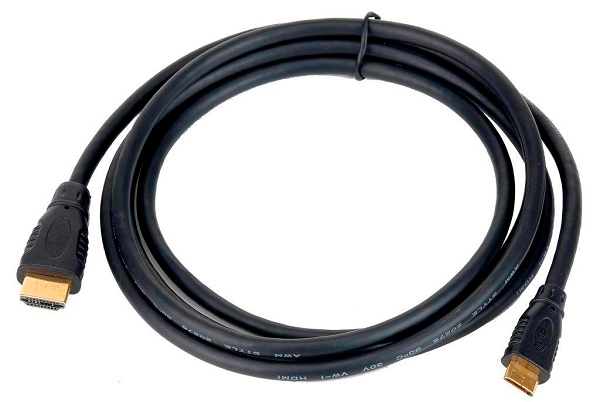
If the projector has an input for mini-HDMI, then it remains only to see if HDMI port is available on your android phone. If you are lucky, and such a connector is present, then you can install the highest quality HDMI connection.
Actions for HDMI connection are as follows:
HDMI cable connects to both gadgets;
The necessary software and drivers are installed on the mobile device.
But if the projector only has a VGA input jack, you will need to use an HDMI to VGA port. Unfortunately, with such a connection, quality is lost and an additional adapter is required that can convert the signal. But in some adapters, it can already be mounted. All connection steps are the same as described above.
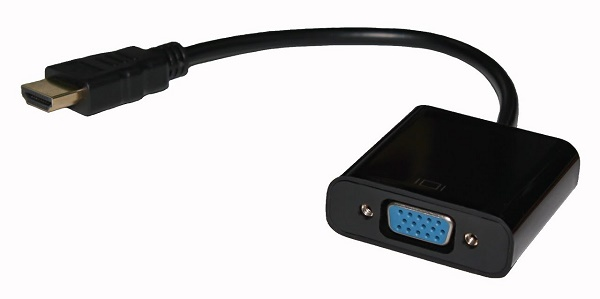
USB C cable
The mini USB connector is provided on almost all mobile phones. If the projector also supports such a connection, you can connect via a USB C cable.
There is another connection option called MHL. It works exactly the same as an HDMI adapter. If it is available to you just follow all the previous steps in connecting it. The rules will apply to this connection without a difference.
MHL is not limited to using only android phones. It can be connected to any other smart device with a projector, whether it is a video game device or a TV. An essential part is that it supports HDMI technology.
If so, you will not encounter problems that may require connecting the projector to a computer.
In the case of MHL support, the projector will perceive the mobile as a USB flash drive. Media files on it will be played without problems. The connection will be via HDMI, via a micro-USB to HDMI cable.
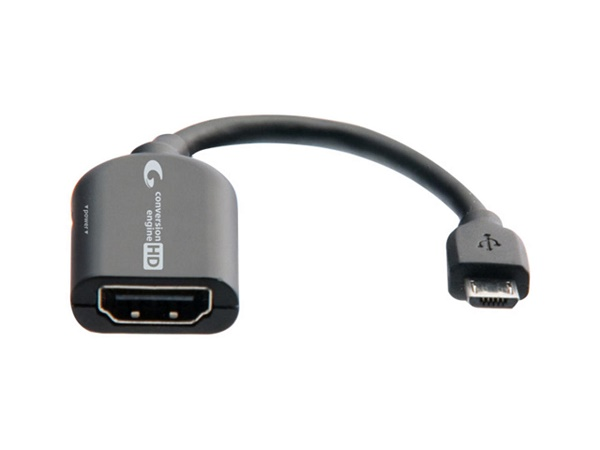
But if there is no support for this technology, then you will need an adapter that converts the signal to HDMI. The adapter kit includes a network cable, which is necessary to create additional power for signal conversion.
The connection process looks like this:
Plug the adapter into USB output of your Android phone;
Connect the second end to the HDMI input of the projection device;
Plug the power cord of the adapter into an outlet;
The necessary drivers and software should be installed on the phone.
Once you have installed and connected the projector to your phone as we have explained, you will then turn on the projector and here you will do some quick settings that will inform the projector of connecting via the HDMI slot after opening the device. , you will select the window icon at the top titled Input Change to be, during which you will convert the output to HDMI.
After that, you will see a set of options including optional return and HDMI/MHL selection from which you will first select that HDMI/MHL option and then you will go to the window again and press Return until the device opens and then automatically you will find that your phone screen is displayed on the device.
List of required adapters
USB-C to HDMI. If the phone does not work with MHL and does not have mini-HDMI port.
MHL-HDMI. If the gadget works with MHL.
HDMI-VGA. If the screen only works with VGA.
Lightning – USB, Lightning – HDMI. For owners of iOS devices (iPhone, iPad).
An important point is that some adapters may not have enough power coming from the gadget to convert the signal. In this case, use the dedicated power cable and plug it into the appropriate slot on the adapter case.
The advantages of connecting a phone to a projector in this way include:
relatively inexpensive equipment;
the quality of the transmitted picture.
The main disadvantages, according to users, are:
the complexity of the connection scheme;
a large number of wires;
the need to purchase additional devices.
The most obvious way to connect Android smartphones to a projector device is to use ChromeCast.
The main requirement is the technical support from the projector.
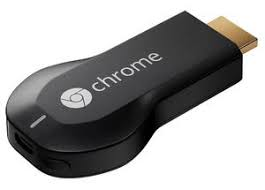
When the ChromeCast is connected to the HDMI port on the projector, the user will be able to stream the picture from the mobile device wirelessly. At this time, all content will be displayed on the projector. To improve the picture quality, you need to go to your phone settings and turn off the power saving mode.
How to connect a phone to a projector using the described technology:
Connect your projector’s Chromecast.
Open the Google Home app.
Scroll to the bottom of the screen and find the section with other Googlecast devices.
Select the found device.
Next, you need to click on the screen broadcast.
At the next stage, the system may display a message that will talk about incorrect optimization of the smartphone. In any case, it is recommended to click on the screen broadcast.
Wireless connection
To connect different devices to each other, two standards are mainly used – Miracast and Wi-Fi Direct (Peer-To-Peer). With their help, you can contact suspects, TVs and other devices. Prior to the sixth version of the Android system sensation, phones officially support the Miracast standard.
It still works with modern gadgets because the connection type is based on Wi-Fi Peer-To-Peer (Direct). The second rapidly growing public market for Android tablets and phones.
First, find the inscription “Screen Mirroring” on the screen. On some devices the name is different. Sometimes – “Device Mirroring”. Turn on this review.
For most android phones 4 years old or older, you need to download apps to use Miracast. Suitable Castto. The software has been downloaded more than 10 million times on the Google Play Store.
For phones and tablets with the new Android shell, the Miracast standard is an outdated solution. The method is not guaranteed to work. So write down your wired connection, Google Home, or possible usage.
For those with wi fi preferences. Wi-Fi Direct (Peer-to-Peer): How to Connect a Smartphone to a Projector – Step by Step Guide.
The advantage of this method is that you do not need to use third-party applications. Just play around with the settings. Keep in mind that the option names are different. Depends on Android version and phone model.
For this method, you need your projector to support Wi-Fi Direct. Look at the specifications of the device.
Step-by-step instruction:
Go to the settings menu. To do this, find the icon in the application menu. Or swipe from the top of the screen to the middle, click on the gear icon.
Locate the “Wireless Networks” section.
Go to “Wi-Fi”. A menu with available networks will open.
If Wi-Fi is off, turn the feature on. On some models, the “Wi-Fi Direct” setting is at the bottom. In other cases, go to the item with additional settings. Turn on Wi-Fi Direct.
A wi fi menu will open with available connections. The projector should appear in the list.
How to connect via WI-FI module
In the case of this connection, data transfer will be carried out via the DLNA protocol. The device will act as a transmitter, and it will be possible to start its work through a smartphone. However, first you need to acquire special software (if it is not available by default).
What should be done:
Go to projector settings.
Specify the wireless module as a signal source.
Next, you need to connect the device to the created network. To do this, enter the name and password that are specified in the projector.
Go to the smartphone settings and find the screen section.
Click on the tab with wireless projection.
Depending on the gadget model, the names of the lines in the system menu may differ. This method is perfect for phones based on the Android and MacOS operating systems. It is worth noting that the possibility of wireless screen sharing became available with the updated version of the Android software version 4.2.2. If you are the owner of an outdated software model, update it in the system settings.
The main advantages of this connection option are:
Intuitive synchronization process;
Lack of wires;
Ability to work with Apple devices.
The disadvantages of this method include:
rare failures when data transferring;
the need to install additional software for devices based on windows and linux operating systems;
the high price of projecting equipment.
Features of connection with the tablet
If the tablet uses the Android or MacOS operating system, then all of the above for android phones also applies to tablet computers. However, there are some features of connecting different models of projection devices.
Thus, connecting the Unic UC40 projector for better video and audio data transmission is recommended to be carried out via wires through three possible interfaces: HDMI, USB and VGA. Whereas Unic 46 is best connected to a tablet or iPad via Wi-Fi.
Advice! For Iphone and tablets, there are adapters for all possible wired connections to their original Lightning interface.
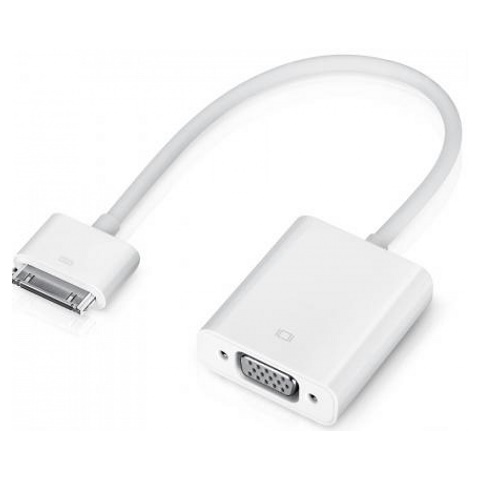
Apple adapter
A slight difficulty may arise if the tablet runs on a Windows or Linux operating system. Then, after connecting via cable or via Wi-Fi (if the projection device supports this technology), you will need to install special software on the tablet computer.
After installing the necessary drivers, the tablet will recognize the projector as a monitor. This external screen will display the image, most likely in a distorted quality.
To improve the picture, you will need to make some changes in the OS settings. In particular, set the screen resolution, which is indicated in the documentation for the project device, and select the display mode.
Also read How do you close all Apps on Samsung Galaxy watch 2?
Other methods
Among other methods for those who prefer wireless connections is to install special app offered by companies producing smart projectors. Android smartphones users are able to install the app via google play store.
Those who use Iphone respectively go to apple store. It is a good wireless option for people who were not able to purchase right cables such as hdmi cable or they don’t have usb c port or hdmi port.
It is designed specifically for a specific model of image projection device. Some do not transfer the entire screen, but only photos, videos and other files. Such programs include the following: Projector Quick Connection, Panasonic Wireless Projector, etc. With their help, the user gets the opportunity to connect to the device for projection via Wi-Fi.
Using the projector at home in the form of a cinema, you don’t have to worry too much about what media it will be connected to. The use of a stationary PC in this case would be quite appropriate.
But if the projection device will be used in various public places (school, conference room, etc.), then a mobile phone will adequately cope with the broadcast of the necessary video material.
To do this, both devices must be synchronized with each other. Moreover, you can connect using wires, like devices from Benq, or using wireless Wi-Fi, like Epson models. And you can do this by following the above recommendations and installing the necessary software on your mobile phone.
So, thanks to modern technologies, it is easy to demonstrate on a large external screen both slideshows and video files recorded on the mobile itself, as well as material taken from the Internet online.

